Hands-on with the Samsung Galaxy Note 2 with S Pen
Seems people really did go for the original Note after all

When I wrote the original Galaxy Note review on Pocket Gamer, I stressed two things. Firstly, that I liked it. And secondly, that I felt it was more of a tablet than a phone.
The original Note was fast and had a fair amount of potential, but it was never clear if there was actually a market for something that was neither smartphone nor tablet.
Samsung soon discovered that there was a market, and the Note sold quite well. What's more, a lot of people who might have initially ridiculed the concept were swayed after seeing one in the flesh.
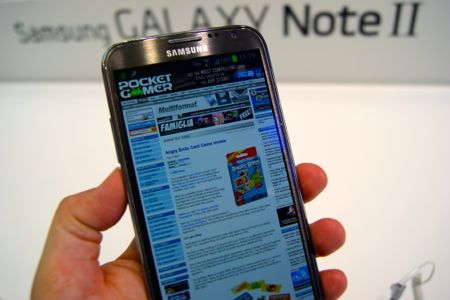
Whether Galaxy Note owners will keep another 'main' phone isn't clear, but thanks to the improved styling on the Galaxy Note 2 it's closer to something I could try and use as a main phone.
There are a number of hardware improvements here, from a far quicker quad-core processor (clocked at 1.6GHz), to an impressive 2GB of RAM. That extra RAM means you can jump from application to application a lot quicker without affecting the device's performance.

Android 4.1 (Jelly Bean) also introduces enhanced notifications (allowing you to expand or reduce the data shown in each notification) and use Google Now, the service that learns so much about what you're doing and where you're going that you'll be convinced there's someone from Google stalking you.
Of course, the main feature of the Galaxy Note 2, as against the Galaxy S III, is the addition of the S Pen, which stows away nicely inside the chassis. There was a time when every smartphone or PDA had a stylus that fitted inside the device, but things have moved on a long way in terms of how it works.
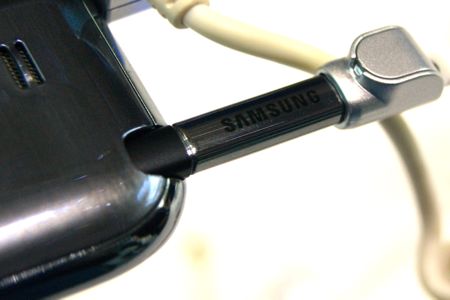
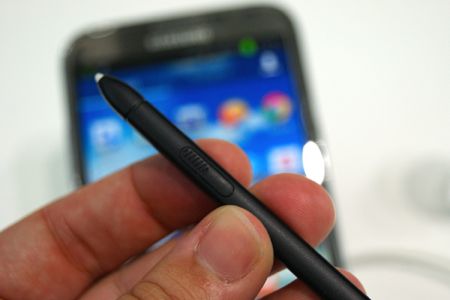
The S Pen has been improved to detect over 1,000 differing pressure levels on the screen. In reality, when I tried to draw strokes of different thicknesses it appeared that there are far fewer levels – but for anyone wishing to do more than just write notes it's another key benefit of having the pen.
Another new feature is Air View. It lets you hover the pen over the screen (without touching) to activate previews, such as looking inside an album in the picture gallery.
The fact that the Note 2 can detect the pen over the screen also means you can use it to move a mouse pointer around the display. The phone can also warn you if you move the S Pen too far away, so you won't accidentally leave it behind on a desk.
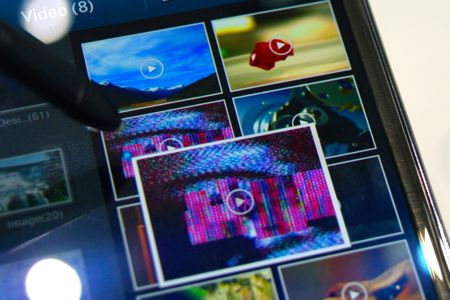
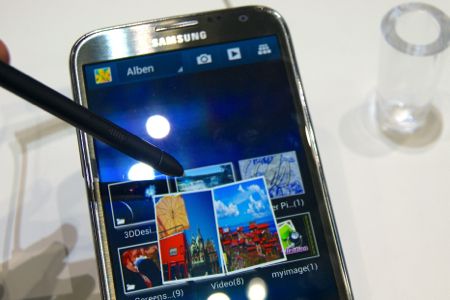
It's also possible to draw around anything you see on the screen and cut it out to paste elsewhere.
You can of course do everything else you could do with the original Galaxy Note, with note-taking at any time being one of the main advantages. Simply pull out the pen and you'll be able to scribble stuff down in seconds.
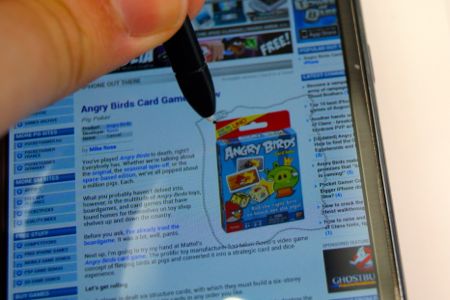

In terms of the screen, the Note 2 no longer uses the PenTile Matrix screen of its predecessor. This means the display is now pin-sharp. The colours aren't overly saturated (although you wouldn't necessarily know this from the Samsung icons and wallpapers) and you can make adjustments within the settings menu.

Both cameras are powerful, from the front facing 1.9-megapixel camera to the rear-facing 8-megapixel snapper, each recording HD video at 1080p and 30 frames per second. The rear camera is also accompanied by a LED flash.
With its large screen, stupidly fast processor, HDMI output (using a MHL link cable), NFC, and dual-band wi-fi (supporting Samsung's range of All Share services to mirror the display on a TV or stream pictures, music, and video wirelessly), you may assume that the battery isn't going to last five minutes.
Fortunately, Samsung has packed in a 3,100mAh battery, which is around 50 per cent bigger than the battery in the Galaxy S III - while keeping the thickness down to just 9.4mm.
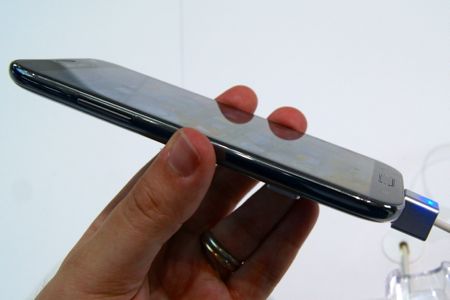
And that's just as well, because with that lovely 5.5-inch screen and killer processor it's just crying out to have the most powerful games installed on it.
There's no need to worry about running out of space, either, thanks to three configurations offering 16, 32, or 64GB of internal storage and a card slot that lets you add a further 64GB.
In the future, the new microSDXC card format will allow cards of 128GB and beyond, putting the level of storage into the league of laptops.
Samsung's 'phablet' hits the streets in October. Check back when we get the final review model to see whether the Galaxy Note 2 is as good as it seemed from our hands-on time.
